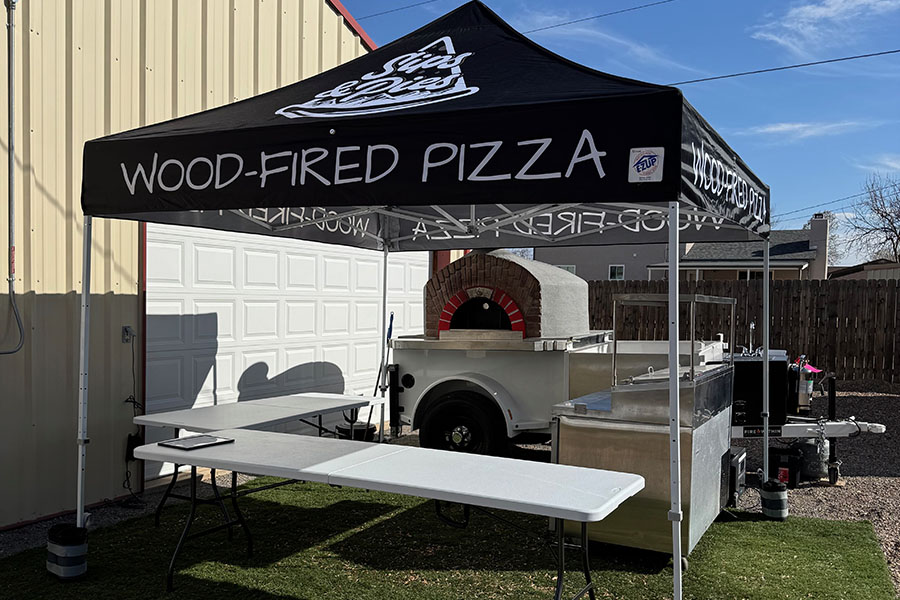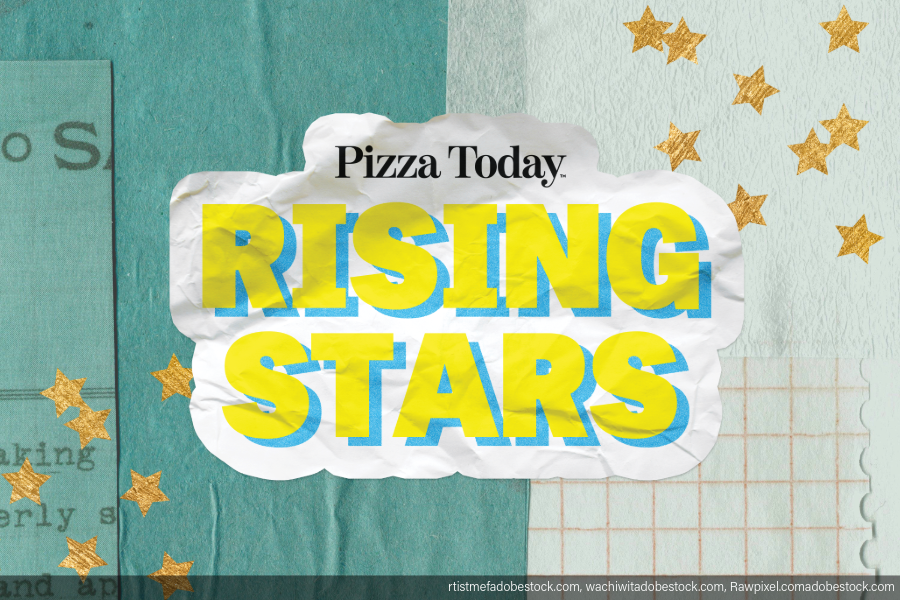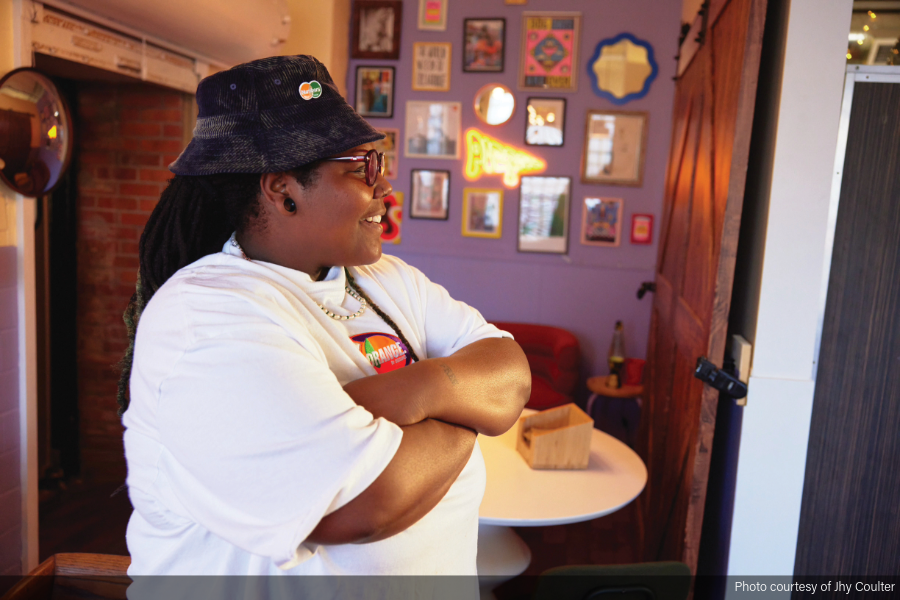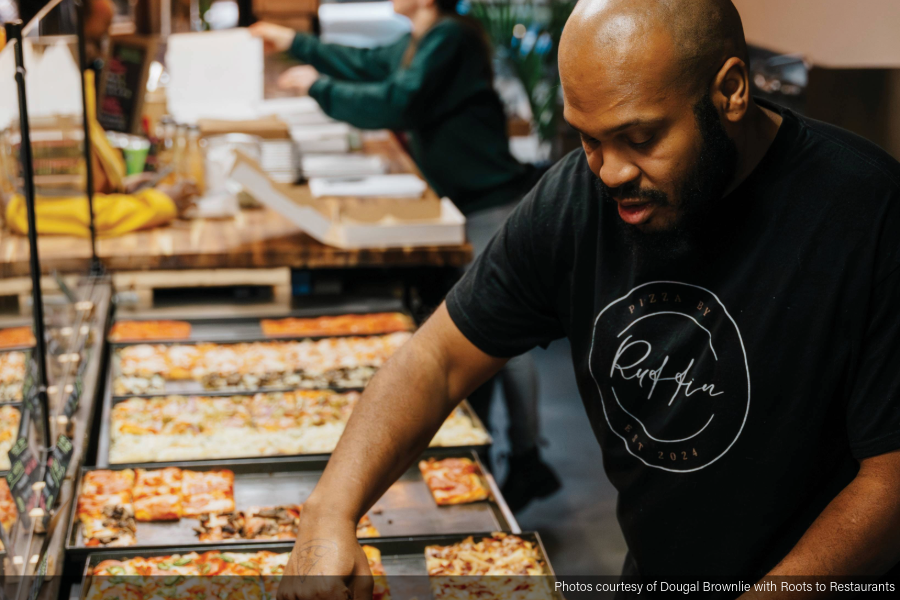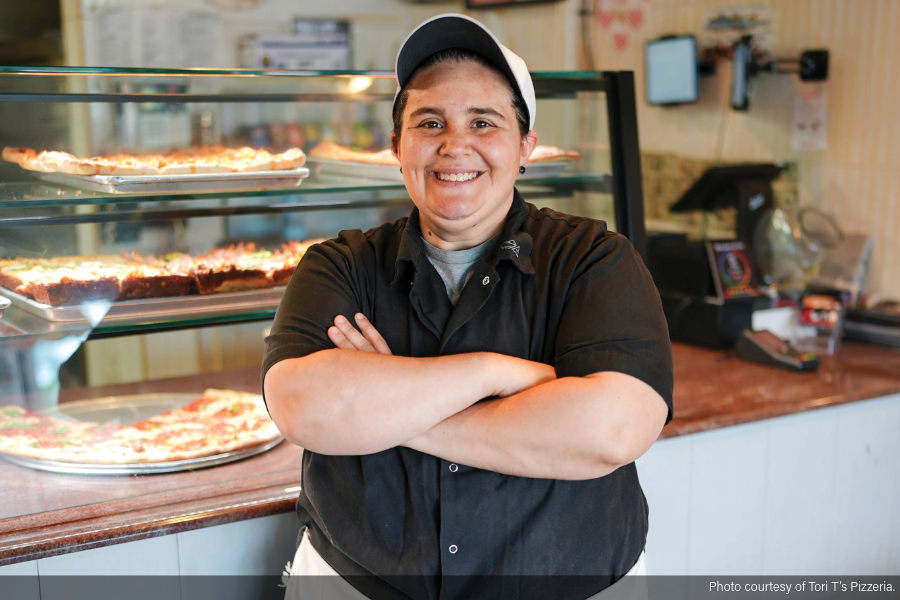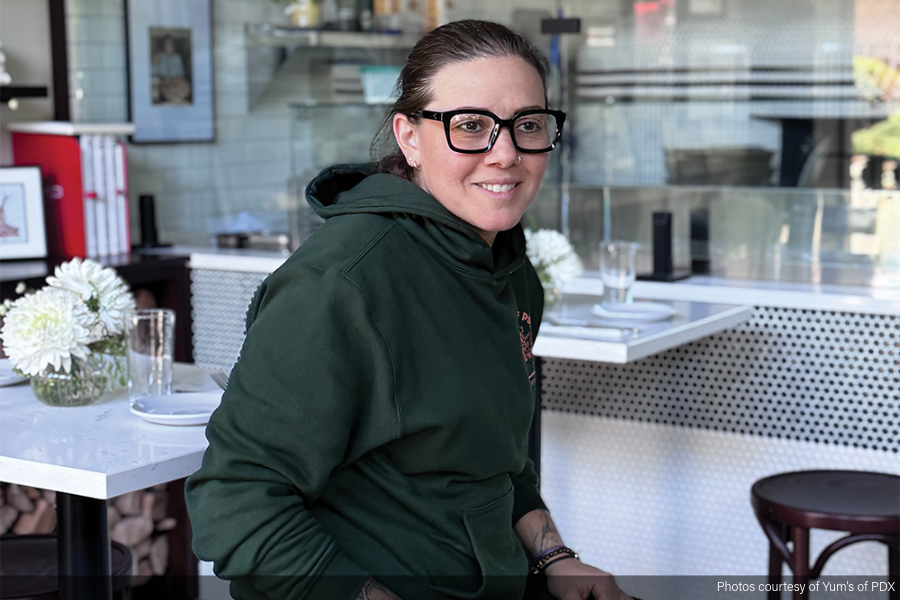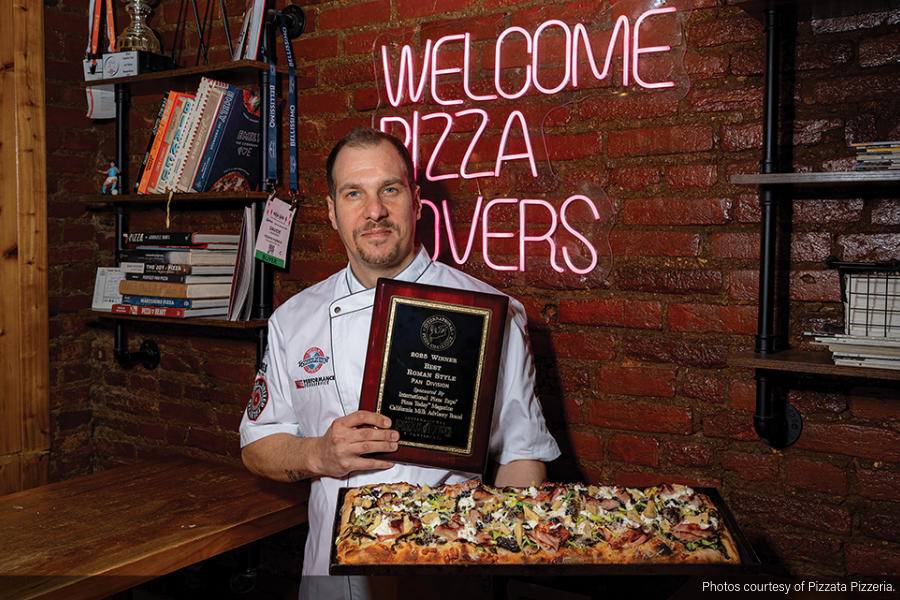 Can your pizzeria be found?
Can your pizzeria be found?
Sometimes customers have trouble finding Coal Fire Pizza, located near Baltimore. “They’ll say, ‘We tried Google Maps and MapQuest and the directions were wrong,” says Dennis Sharoky, president of the five-unit company. “We look into it and we try to find us, and it comes up. Maybe they were doing it incorrectly.”
Sharoky says the Coal Fire Pizza Web site has maps, directions and phone numbers, so many people seem to find the place. But how can you make sure your restaurant is findable? If a smartphone user tries to find your pizzeria, or if they type “pizza” into their tablet, will they find your phone number, or a Facebook page with mouthwatering photos but little else?
In today’s media savvy marketplace, it is not enough to have a Web site or a Facebook page. Operators are building mobile-specific sites that contain succinct, easy-to-find information for smartphone users.
Cali Lacey, director of marketing for Athens, Georgia-based Your Pie, says the company is in the process of updating its Web site. “We are redesigning it to make it mobile friendly,” she says. “That is becoming more important.” Lacey notes that customers who use their phones to find places to dine look for two things: the menu and location information. The 18-unit Your Pie recently developed a branded online ordering and mobile app for smartphones. “It is to the point now that if people are on the phone and they pull up a Web site and it won’t fit on the screen, they will navigate away from your page,” Lacey says. “If the customer pulls it up on the phone and everything is there, it makes a difference.”
She adds that while Facebook is good for engaging with customers, some operators focus too much on photos, events and promotions, and they forget to include specifics about the restaurant’s location. “With Facebook, you don’t want to clutter it up with too many things, which is easy to do because you have a lot of things to talk about,” Lacey says. If you hire a web designer to make your site mobile friendly, hire one who knows responsive web design, which refers to web sites that are easy to read and navigate and require minimum resizing, such as for a touchscreen mobile device.
The web expert should also know the proprietary operating systems, such as the iPhone iOS, Blackberry OS, Windows OS and Android OS. Sometimes you need an expert, but some things you can do yourself. “At least get yourself on free social media,” says Brian Banick, co-founder and president of Minneapolis-based Solos Pizza Café. He recommends starting with Yelp and Urbanspoon, two restaurant-review Web sites that have mobile apps. Business owners visit the Web site, “claim” the business and then receive an authorization code so they can login and add photos, update phone numbers and make changes. Make sure you keep the information up to date, Banick says, especially the phone number. If you include a touch-to-call phone number, the customer taps that to call you, making it easier for them to order. “People don’t have to know phone numbers,” he says.
Banick says the three-location Solos mobile optimized its Web site this past summer. Ashley Bellview, director of communications for Delfina Restaurant Group in San Francisco, says the company recently redesigned its Web site so the phone number is front and center. Delfina also makes sure that any time someone looks for pizza in San Francisco that the two locations of the company’s pizza concept, Pizzeria Delfina, come up in Yelp and other searches. “When people search for a restaurant, they want to see reviews but I would bet they also want contact information,” she says.
Bellview adds that Delfina Restaurant Group also used Google Places for Business to claim the business. That way people will find the restaurants when searching on Google Maps. The basic registration on Google Places is free. For some pizzerias, online ordering is more important than showing the phone number.
“What we find with our customers is they don’t want to call, they want to sit on the phone and order,” says Bridget Keeler, manager of marketing and public relations and digital marketing for Toppers Pizza, based in Whitewater, Wisconsin. “They want the ease of clicking around and adding things, customizing their toppings. They don’t want the pressure of trying to talk to someone and hearing the other phones ringing in the background.”
In fact, Keeler says, 22 percent of Toppers Pizza orders are online, and these orders have check averages that are $4 to $4.50 higher than phone orders. “We work with an ad agency that helps us with Android code and iOS,” she says. “We recently optimized online ordering to direct them to a big red button where you order.” In 2014, the 50-unit Toppers has a goal of making online sales 30 percent of the total orders. The chain recently conducted a test to evaluate the effectiveness of Yelp, and found that Yelp works best for Toppers in metropolitan markets such as Chicago. “We have a pretty good idea what our digital strategy is,” Keeler says. “We are looking at website optimization, load times, how fast it takes to order online, user experience and making sure our location pages are up to date.”
So Smart
Smartphone users are hard to ignore. According to “Smartphone Ownership 2013,” a report by the Pew Research Center’s Internet & American Life Project, 56 percent of American adults now own a smartphone of some kind. Android and iPhone owners account for just over half the cell phone user population, and most smartphone users are higher income adults and also people under age 35. If you are on the fence about whether to make your restaurant findable on a smartphone, look around, says Brian Banick, co-founder and president of Minneapolis-based Solos Pizza Café. “If you have a restaurant where it’s a dine-in situation, go look around. Even when couples are eating together, look at what they’re doing. Their heads are down not because they are eating, but because they are looking at their phones.”
Nora Caley is a freelance writer specializing in food and business topics. She lives in Denver, Colorado.
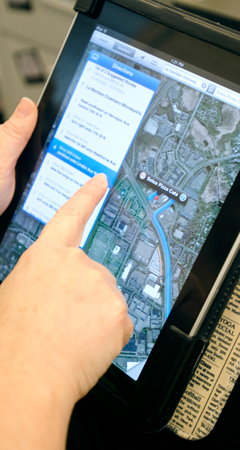
 Can your pizzeria be found?
Can your pizzeria be found?